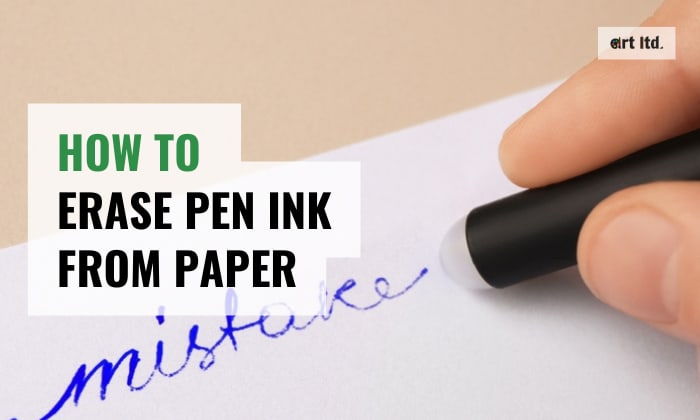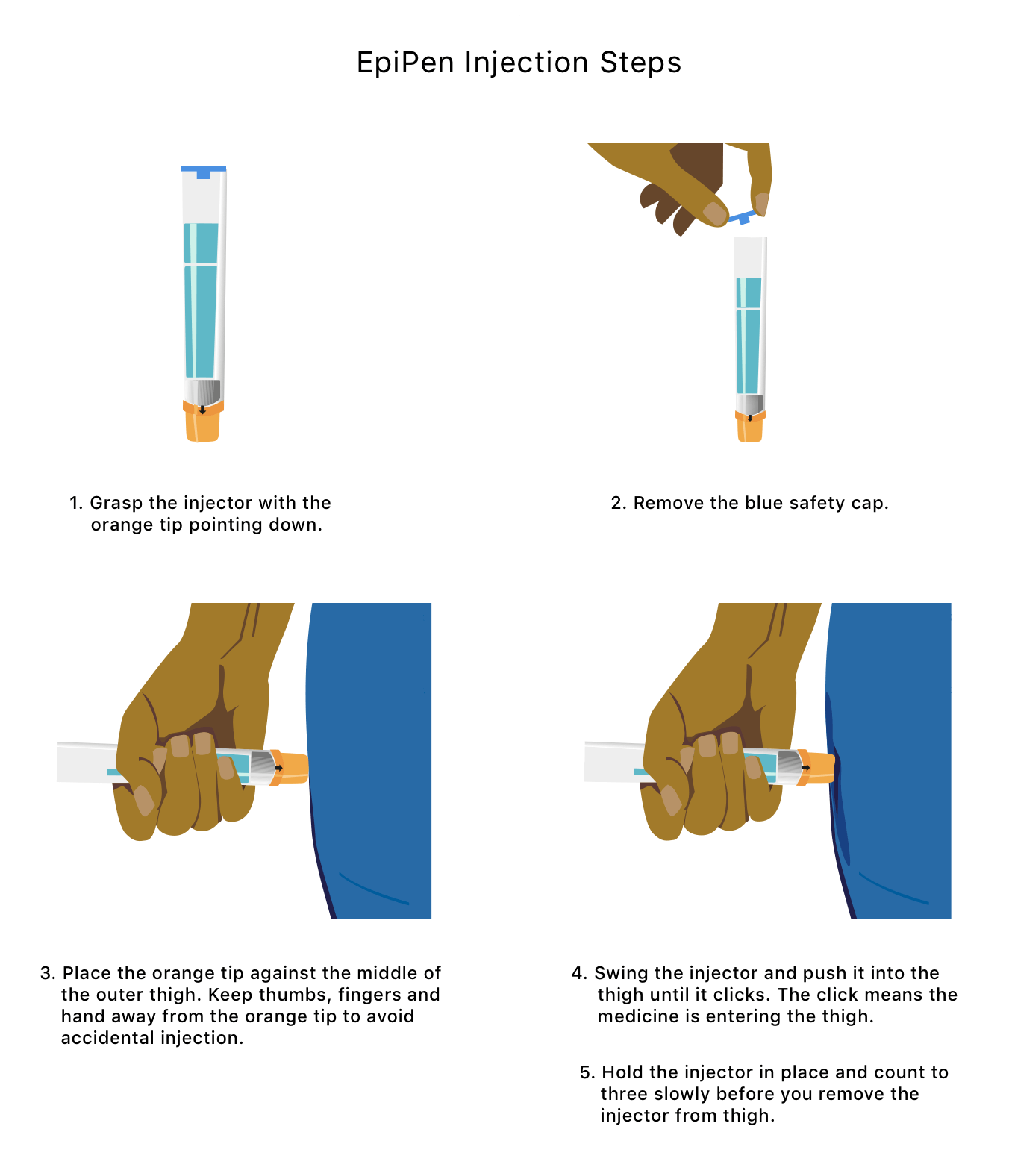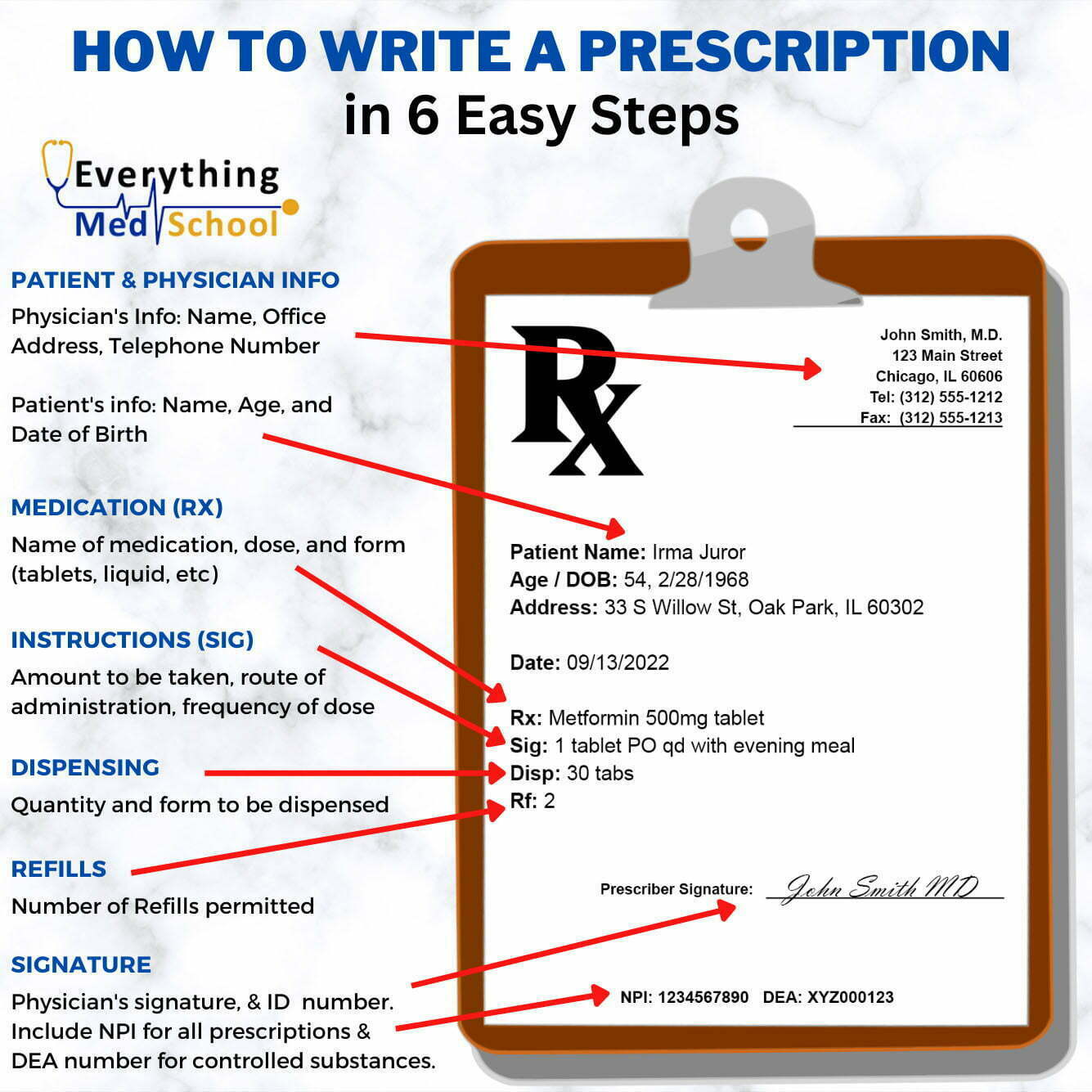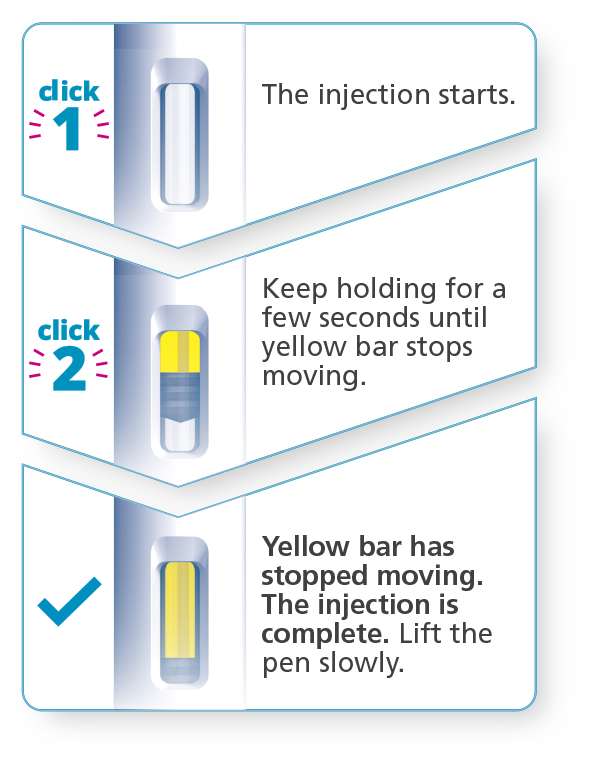How Do You Erase Pen From A Prescription
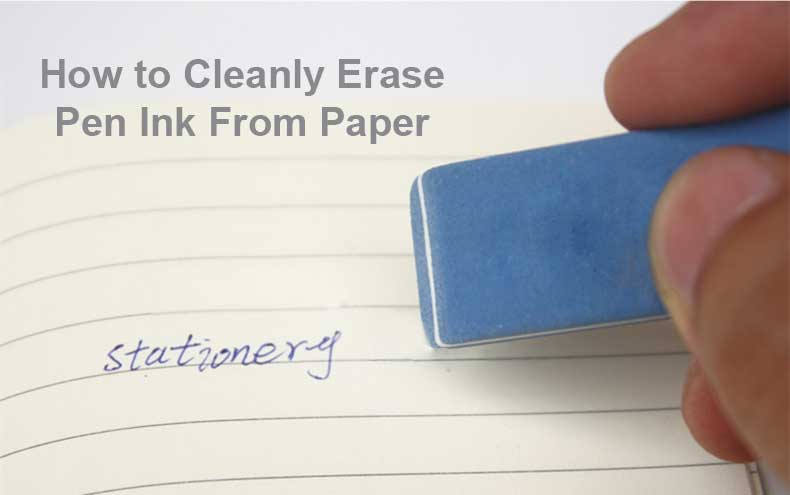
Imagine a bustling pharmacy, the air thick with the scent of medications and hushed conversations. Sunlight streams through the window, illuminating dust motes dancing in the air as a pharmacist peers intently at a prescription, a furrow in their brow. A tiny smudge of ink threatens to derail the entire process.
The question of how to erase pen from a prescription, while seemingly simple, is fraught with legal and ethical considerations. It highlights the crucial balance between accuracy, patient safety, and regulatory compliance in healthcare. Altering a prescription, even with good intentions, can have significant consequences, making understanding the proper procedures essential for both pharmacists and patients.
The Sacred Nature of Prescriptions
Prescriptions aren't just pieces of paper; they are legal documents authorizing the dispensing of specific medications. These documents detail critical information: the patient's name, medication name, dosage, frequency, and the prescribing doctor’s signature. Each element is vital for ensuring the patient receives the correct treatment and avoids potential harm.
Any alteration, regardless of how minor it seems, could lead to confusion or misinterpretation, with potentially dangerous outcomes. According to the National Association of Boards of Pharmacy (NABP), prescription tampering is a serious offense, punishable by law. This stems from the risk of medication errors, fraud, and abuse.
The Problem with Pen
Unfortunately, mistakes happen. A doctor might accidentally write the wrong dosage, or a pharmacist might need to clarify an unclear instruction with the prescriber. The urge to simply "erase" the error can be strong, but this is where things get complicated.
Traditional methods of erasing ink, such as erasers or correction fluid, are strictly prohibited on prescriptions. These methods leave traces that can be interpreted as tampering, casting doubt on the prescription's authenticity. Attempting to physically remove or cover up the original writing can also damage the paper, making it difficult to read or verify the information.
Acceptable Alternatives: Clarification, Not Erasure
So, what can be done when an error is present? The universal answer is communication and documentation. The pharmacist should contact the prescribing physician to clarify the discrepancy or error.
Once the clarification is obtained, the pharmacist should document the conversation directly on the prescription, including the date, time, the name of the person they spoke with, and the specific changes authorized. Importantly, the original error should not be erased but rather clearly marked with a single line through it, ensuring it remains legible.
The "Void" Option
In some cases, the error is too significant to be simply corrected. For instance, if the wrong medication was prescribed, the best course of action is to void the entire prescription. The original prescription should be marked as "VOID" and kept on file, and a new, accurate prescription should be obtained from the prescriber.
Proper documentation is paramount. State regulations, guided by organizations such as the FDA (Food and Drug Administration), often require specific procedures for handling prescription errors and alterations. Pharmacists must be well-versed in these regulations to ensure they are acting in accordance with the law.
The Digital Age: E-Prescriptions
The rise of electronic prescriptions, or e-prescriptions, has significantly reduced the incidence of errors associated with handwritten prescriptions. E-prescribing systems allow doctors to send prescriptions directly to the pharmacy electronically, eliminating legibility issues and reducing the risk of misinterpretation.
However, even with e-prescriptions, errors can still occur. Software glitches, incorrect data entry, or miscommunication between the doctor and patient can all lead to problems. The same principles of communication and documentation apply in these cases, ensuring patient safety and regulatory compliance.
A Matter of Trust and Responsibility
The inability to simply erase a mistake on a prescription underscores the gravity of the pharmaceutical profession and the responsibility placed on pharmacists and prescribers alike. It's a system built on trust, accuracy, and a commitment to patient well-being.
The next time you see a pharmacist carefully examining a prescription, remember that they are not just filling an order; they are acting as a vital safeguard, ensuring that you receive the correct medication and dosage. Their diligence, guided by strict regulations and ethical principles, protects us all.


